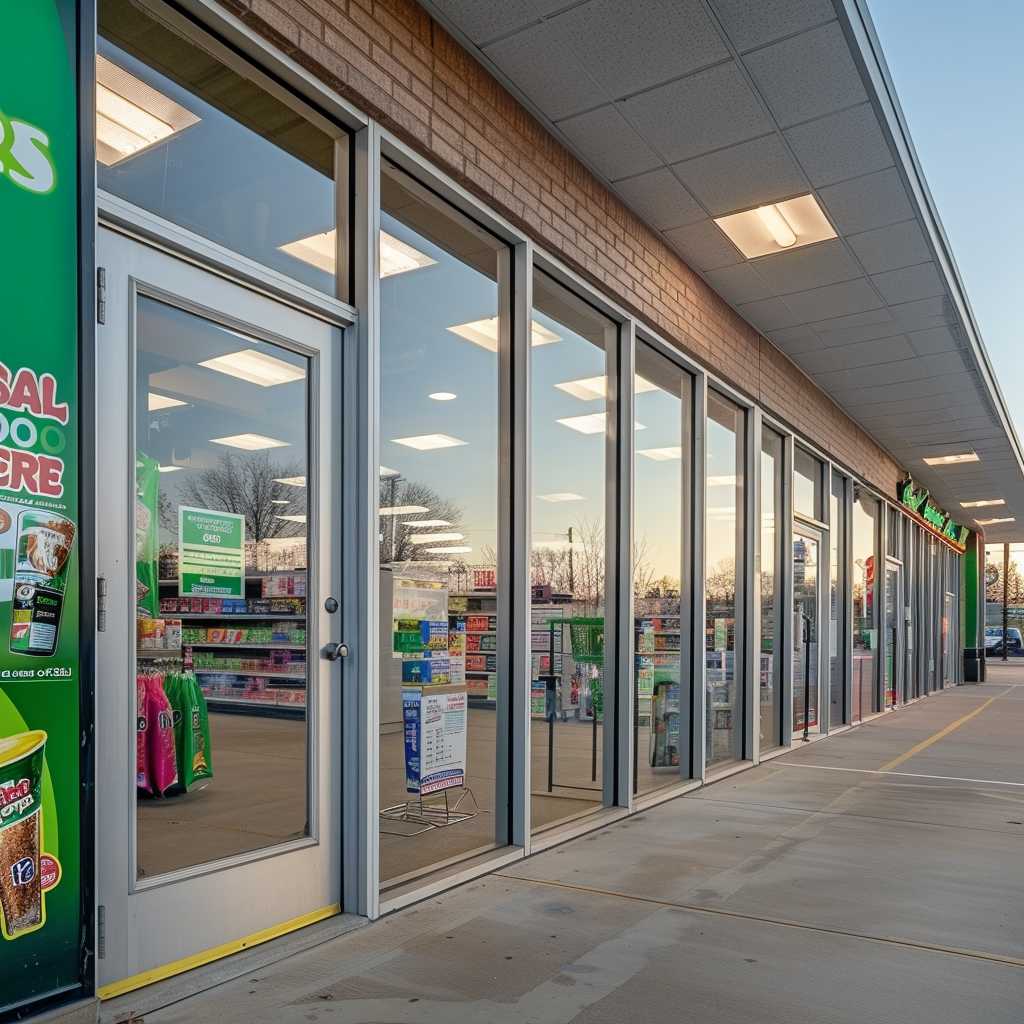Dollar Tree Adjusts to Economic Pressures with Price Increase
Dollar Tree, the popular discount retail chain known for selling products for $1, has made a significant shift in its pricing strategy by raising the cost of many items above the longstanding dollar price point. This move reflects a response to a variety of economic pressures and changing market conditions. Below is an in-depth look at the factors leading to this decision, the impact on consumers and the company’s financial outlook, as well as challenges and opportunities that lie ahead for Dollar Tree.
Economic Factors Leading to Dollar Tree’s Pricing Strategy Shift
The choice by Dollar Tree to increase its prices is rooted in a combination of internal and external economic factors. Inflation has steadily driven up expenses for businesses across the spectrum, notably impacting the cost of goods sold (COGS), including raw materials, labor, and transport. Consumer Price Index (CPI) figures in recent months have shown significant increases, marking periods of considerable inflation not seen in decades.
Coupled with supply chain disruptions caused by COVID-19 and subsequent market challenges, companies everywhere have faced increased operating costs. Port congestion, cargo shipping delays, and a shortage of truck drivers have made it more difficult and expensive to get products on shelves promptly. For a business like Dollar Tree, which operates on slim profit margins, these growing costs present a critical threat to their discount pricing model.
Impact on Consumers and Changing Shopper Habits
One of Dollar Tree’s core appeals has been the predictability and simplicity implied by a single price for all items. This pricing scheme made budgeting easier for shoppers, many of whom are value-conscious consumers looking to stretch their dollars as far as possible. The seismic change to this structure risks alienating some longtime customers while also potentially opening doors to shoppers seeking value at a slightly higher price point.
Analyzing customer behavior will be key for Dollar Tree during this time of transition. They’ll need to consider how sensitive their customer base is to price changes while figuring out ways to retain loyalty despite the increases. There could also be room for Dollar Tree to diversify its product range, perhaps introducing quality or branded items that justify higher prices.
Dollar Tree’s Financial Outlook Post-Price Increase
From a financial standpoint, the decision to raise prices could be beneficial for Dollar Tree. Though they risk losing some price-sensitive customers, the increased prices may lead to better margins on each sale. Additionally, being able to stock a wider variety of items—no longer strictly confined to a $1 price limit—might attract new customers and boost the average transaction size.
Investors tend to react positively when retailers take steps to protect and potentially enhance profitability, especially amid industry-wide sentiment that wages and general costs will continue rising post-pandemic.
Challenges Ahead in Executing the New Pricing Model
Despite the potential advantages, transitioning away from a strict $1 pricing strategy comes with challenges. The primary challenge will be the public perception of value: can Dollar Tree convince its customers that they’re still getting a bargain?
Another strategic hurdle is competition from other discount retailers still charging $1 or less for various items. Repositioning within such a competitive market requires careful marketing and clear communication with customers—emphasizing value over price alone.
Maintaining Dollar Tree’s brand identity in light of these changes is likewise an issue. For decades the brand has been synonymous with everything-for-a-dollar philosophy— shaking that identity opens up possibilities but equally invites risk.
Notes
Conclusion: Balancing Affordability with Market Realities
Dollar Tree’s decision to raise its prices reflects its need to balance operational realities with customer affordability in an economically challenging period. The move sets a course that could potentially redefine discount retailing if carefully managed and communicated. How shoppers respond will be telling—for both the store’s bottom line and for the broader retail industry.
*Image description: An image of a Dollar Tree storefront with signage clearly promoting new higher pricing alongside the traditional one dollar deals.*

